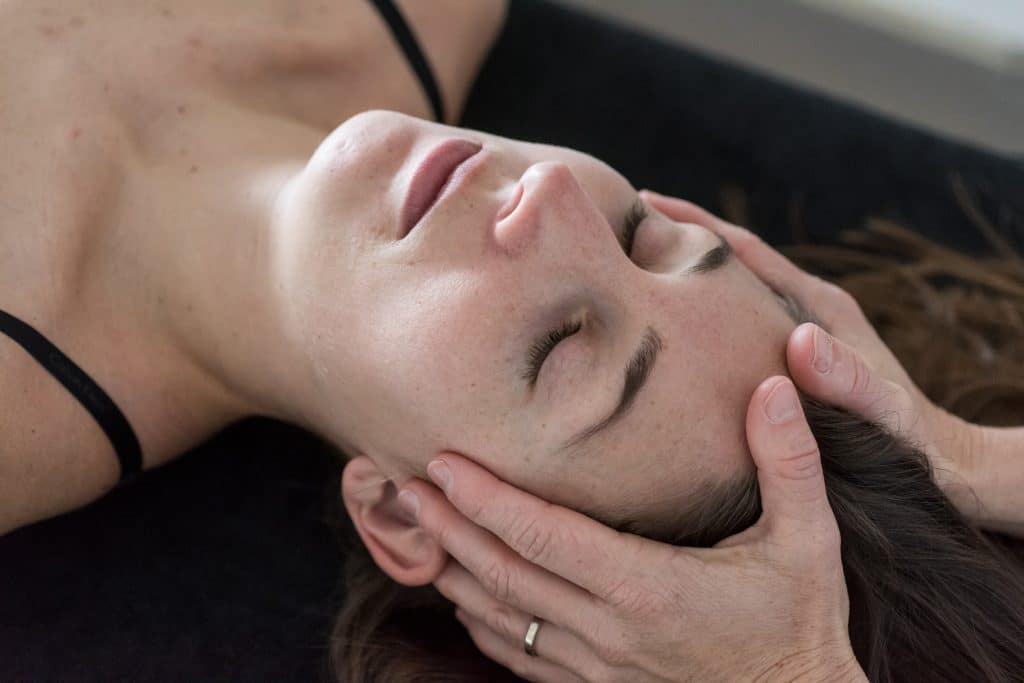Osteopathy is a form of manual medecine which recognises the important link between the structure of the body and the way it functions. Osteopaths focus on how the skeleton, joints, muscles, nerves, circulation, connective tissue and internal organs function as a holistic unit.
Using skilled evaluation, diagnosis and a wide range of hands-on techniques, osteopaths may identify important types of dysfunction in your body. Osteopathic treatment uses techniques such as stretching and massage for general treatment of the soft tissues (muscles, tendons and ligaments) along with mobilisation of specific joints and soft tissues.
Osteopathic medicine is truly holistic. The patient is assessed and treated as a whole person. It was developed using precise knowledge of the body, its workings and the mechanics behind it.



 Français
Français 